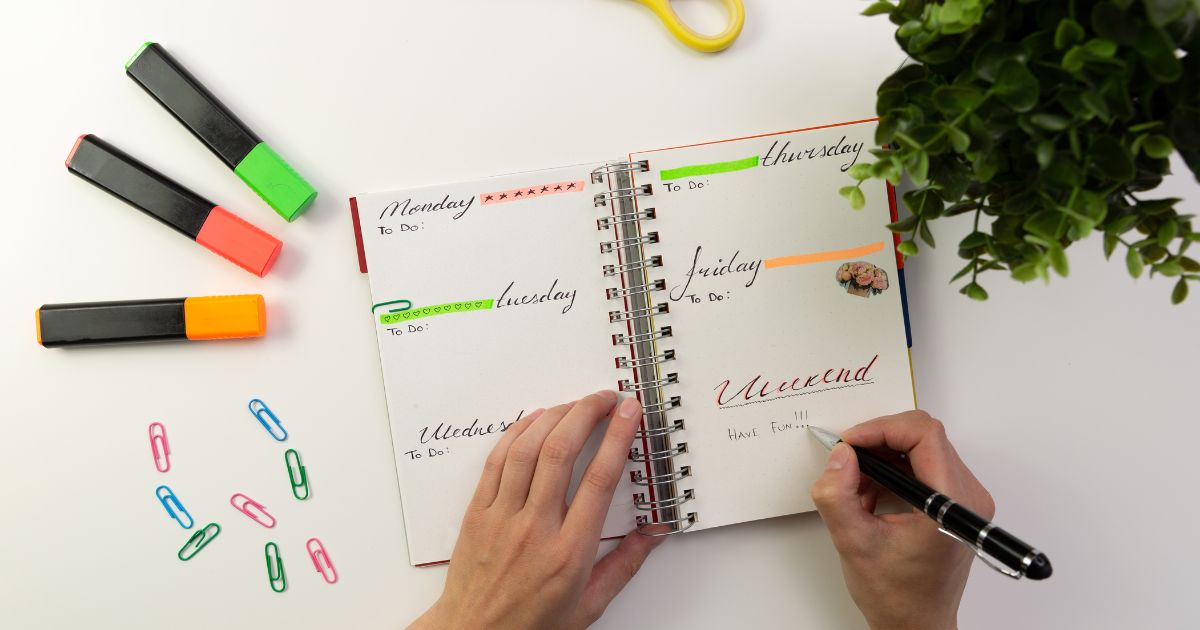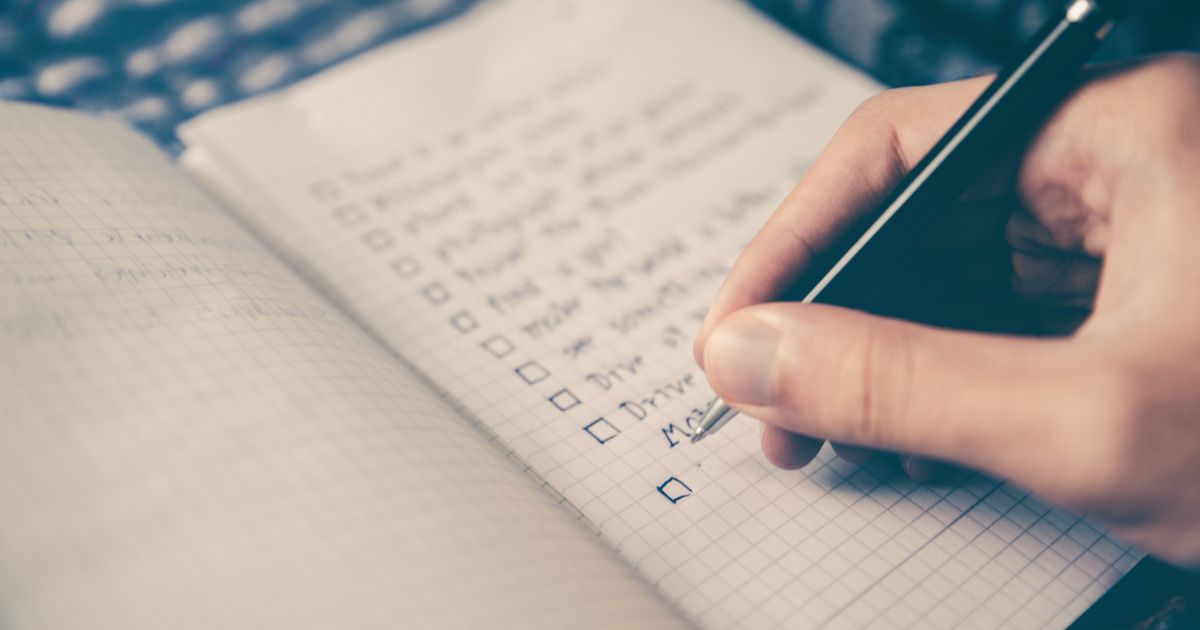A convincing essay is not about shouting louder—it’s about reasoning better. Whether you’re aiming to persuade a professor, a competition judge, or even a future employer, knowing how to structure arguments, select evidence, and guide your reader’s thinking can make the difference between an average essay and an outstanding one. In this article, you’ll learn practical writing techniques that will help you build essays that are clear, compelling, and deeply persuasive.
Know Exactly What You Want to Prove
Every persuasive essay starts with a clear, focused thesis statement. This is your central claim—the idea you’re trying to convince your reader to accept.
Characteristics of a Strong Thesis:
- Specific: Not too broad or general
- Debatable: Someone could reasonably disagree with it
- Focused: Directly connected to your supporting arguments
Example of a convincing thesis:
“Implementing a four-day workweek increases employee productivity, improves mental health, and reduces company costs.”
This statement is precise and sets up a logical structure for your essay.
Use the Power of the Three-Point Structure
A classic persuasive essay is often built on three strong supporting points, each discussed in its own paragraph.
Structure:
- Introduction: Hook + background + thesis
- Body Paragraph 1: First reason + explanation + evidence
- Body Paragraph 2: Second reason + development + evidence
- Body Paragraph 3: Third reason or counterargument + rebuttal
- Conclusion: Summary + reaffirmation of thesis + final message
This format is easy to follow and allows you to build your case step by step.
Start with a Hook That Grabs Attention
Your introduction needs to pull the reader in and make them care. Use one of the following techniques as your hook:
- A surprising statistic
- A provocative question
- A short, powerful anecdote
- A quote that aligns with your argument
- A bold statement
Example:
“What if your job gave you an extra day off every week—and your performance actually improved?”
This creates curiosity and sets the tone for a convincing argument.
Develop Arguments with the PEEL Technique
A strong body paragraph uses the PEEL structure to develop and present your ideas effectively.
- Point: Introduce your main idea
- Explain: Clarify why it’s important
- Evidence: Provide data, examples, or expert quotes
- Link: Connect back to the thesis or transition to the next paragraph
Example:
Point: A shorter workweek increases productivity.
Explain: Employees can focus better with more rest.
Evidence: A Microsoft Japan study showed a 40% increase in productivity after implementing a four-day week.
Link: This evidence shows that fewer hours can lead to better performance, supporting a rethinking of traditional work models.
Use Persuasive Language—Carefully
Words have power. Use strong but respectful language to show conviction without being aggressive.
Use:
- Clearly, undeniably, in fact, this proves, the evidence shows
- Rhetorical questions: “Can we really afford to ignore this problem any longer?”
- Analogies or metaphors to simplify and emphasize
Avoid:
- Overly emotional or exaggerated claims
- Dismissive language toward opposing views
- Jargon that the reader may not understand
Anticipate and Refute Counterarguments
A convincing essay shows that you’ve considered both sides of the issue—and still stand by your position.
Example:
“Some argue that a four-day workweek would harm customer service. However, companies like Basecamp and Buffer have shown that with smart scheduling, service levels can be maintained—even improved.”
Acknowledging opposing views shows intellectual maturity and makes your argument more credible.
Use Evidence That Resonates
Persuasion isn’t just about opinion—it’s about proof. Support your points with:
- Statistics from reliable sources
- Real-world case studies
- Quotes from experts or authorities
- Personal anecdotes (when appropriate)
The stronger your evidence, the harder it is for the reader to disagree.
Build Paragraphs That Flow Logically
Use transition words and phrases to guide your reader through your logic smoothly.
Examples:
- To add: furthermore, in addition, moreover
- To contrast: however, on the other hand, yet
- To conclude: in summary, therefore, ultimately
These links create a sense of progress and structure, keeping the essay cohesive and persuasive.
Craft a Powerful Conclusion
Your conclusion is your final opportunity to drive your point home. Don’t just repeat the thesis—rephrase it and emphasize its importance.
Effective Conclusion Elements:
- Restate the main message in new words
- Summarize your key arguments
- End with a call to action, a prediction, or a powerful final thought
Example:
“A four-day workweek isn’t just a dream—it’s a proven strategy for healthier, more efficient work. As more companies rethink the future of labor, this change might not just be possible—it might be necessary.”
Final Thought: Convince with Confidence and Clarity
To write a truly convincing essay, focus on clear reasoning, solid evidence, and confident delivery. Think of yourself not as a writer trying to sound smart, but as a communicator trying to move someone’s thinking. The better you understand your topic and structure your argument, the more persuasive—and impactful—your writing will be.









